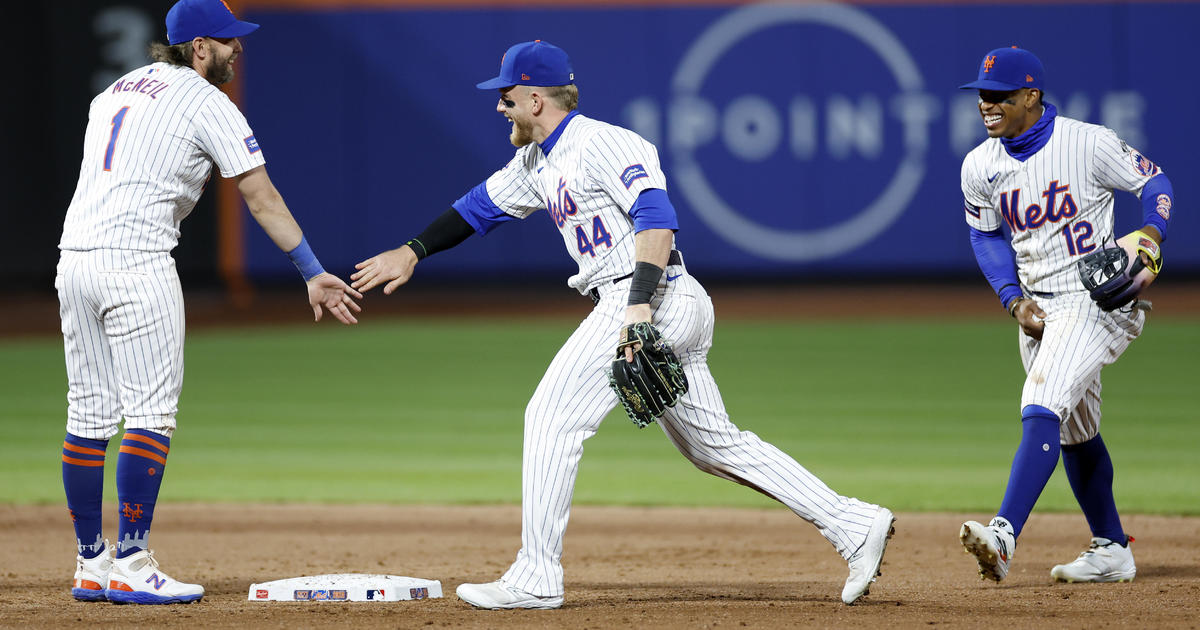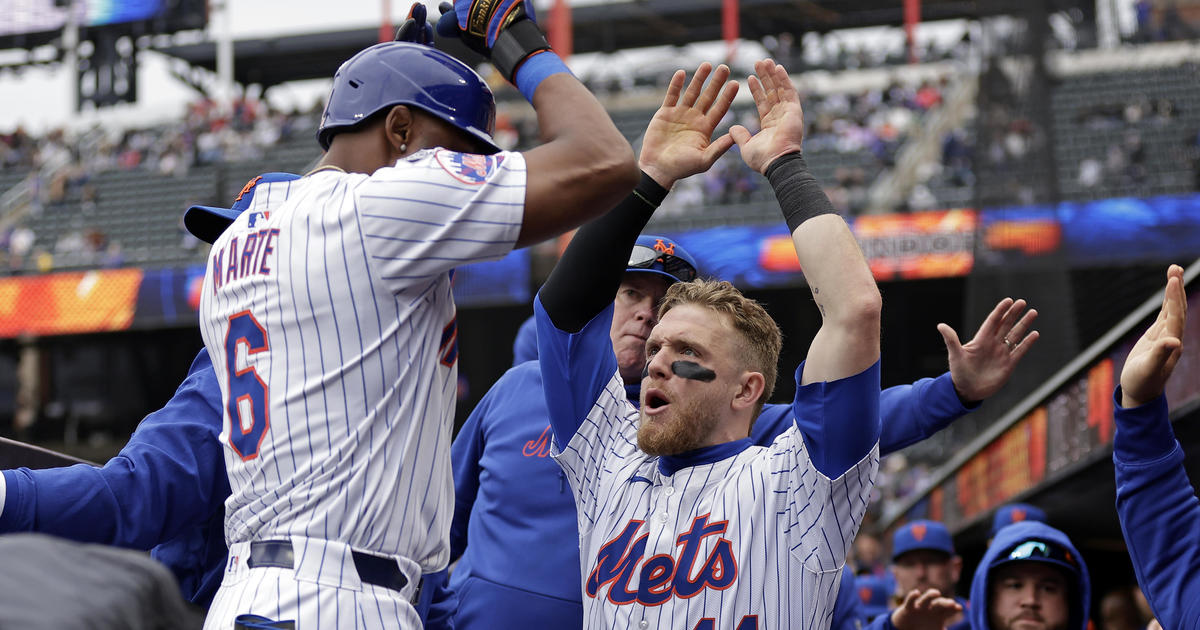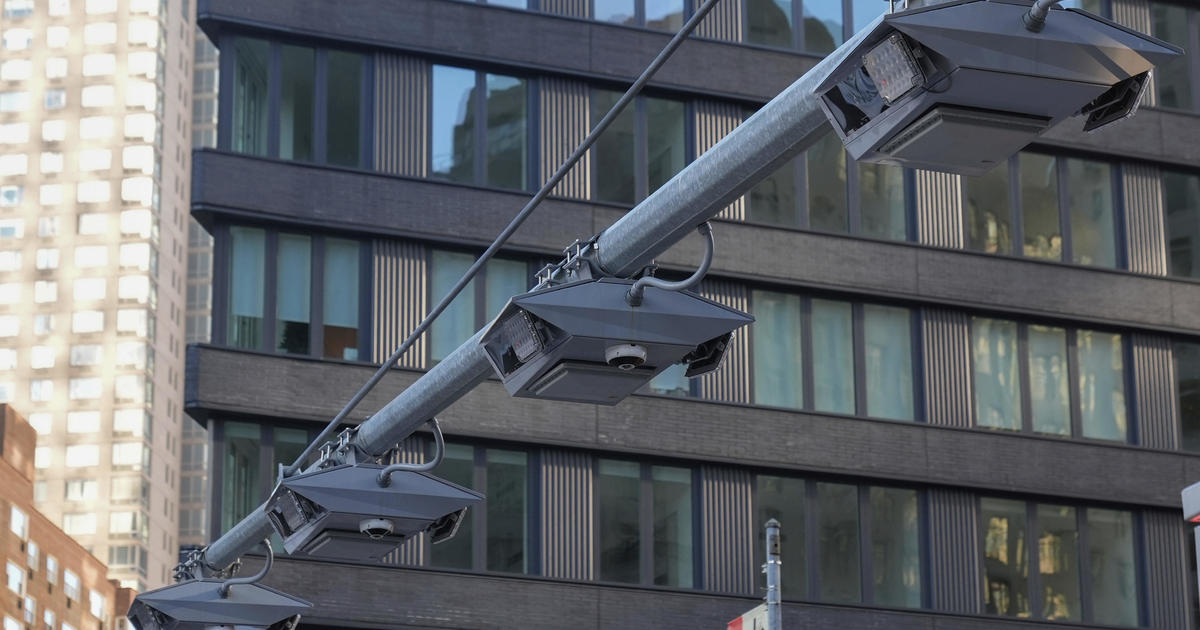Sims: Stephen Strasburg Update And What Bursitis Means For Bryce Harper
By Abby Sims
» More Columns
FOLLOW-UP ON STEPHEN STRASBURG:
Not surprisingly, the Nationals placed Stephen Strasburg on the disabled list because of persistent symptoms from his Grade 1 lat strain. Strasburg reportedly played catch but was unable to take a scheduled bullpen session on Wednesday. More shocking is that he'd been expected to try, as well as start, this weekend if he'd pulled it off.
Strains, even mild ones, can be stubborn injuries. The latissimus is a broad muscle in the back that extends from the pelvis, sacrum, spine, ribs and tip of the scapula (shoulder blade) all the way up to the front of the shoulder. It's no shock that a strained lat would have an impact on a pitcher's effectiveness and mechanics, or that working through pain would exacerbate the injury and prolong recovery.
Studies have shown that the latissimus acts primarily to extend and internally rotate the humerus in the later phases of the pitching motion. It is integrally involved in the preparation for, and execution of, the acceleration that occurs before the release of the ball. The lat's other functions are considered to be of lesser importance to the overall pitching motion. The lat is thought to be most vulnerable to injury during the cocking phase of pitching when it contracts eccentrically, acting to extend while also lengthening.
FOLLOW-UP ON BRYCE HARPER:
Preceding his teammate on the DL, Bryce Harper took a different route. He did try to play injured. Again. And he retrospectively regretted that decision.
Harper collided with the Atlanta outfield wall on April 29 and sustained an injury to his side. Another run-in with the wall, this time at Dodger Stadium on May 13, reportedly resulted in the knee injury most responsible for his current detour. Harper continued to play aggressively, but with less productive results, until aggravating his knee injury in a headfirst slide on May 25. It was reported that he had been walking with a limp, even while continuing to play. That's never a good idea.
The diagnosis is bursitis. Harper has spoken of having persistent swelling and pain, and he didn't hesitate to mention that, were it a more critical time of the season, he would play anyway.
SO WHAT EXACTLY IS BURSITIS?
Bursae are sacs filled with gelatinous like fluid that surround and sometimes open into the joint cavity in many joints of the body. They essentially serve as an interface between tendons and their bony attachments, or between skin, ligaments and bone. Bursae cut down on friction in the areas where they are positioned, allowing for greater ease in movement. In doing so they provide a mechanical advantage that heightens the effectiveness of the surrounding structures while reducing stress to the tissues and bone. Bursitis is simply inflammation of the bursa.
It is likely that Harper injured the prepatellar bursa, located at the front of the knee, from colliding with the wall and making his headfirst slide. Another name for prepatellar bursitis is "housemaids knee" because of the obvious mechanism of injury due to pressure from prolonged kneeling. Another common cause is gardening.
In Harper's case, the initial trauma may have caused the injury, but continuing to play didn't help. Initially slated to come off the DL and resume playing on June 11, the timetable appeared rushed, as Harper reportedly still wasn't even walking without pain. The Nationals announced on Thursday that Harper is now slated to consult Dr. James Andrews because of his persistent left knee symptoms.
You May Also Be Interested In These Stories



